What is social proof? How can you use it to attract new supporters? Or get lurkers in your audience to step it up? Social proof is essentially peer pressure for marketers, and using it within nonprofit marketing tactics can have powerful effects.
Simply knowing that other people are actively supporting your cause can make it more likely a new potential supporter will follow suit.
What is Social Proof?
Social proof in marketing is using the clout of your current supporters and followers to attract more. It’s the concept that people are influenced, to the point of imitation, by the opinions, choices and actions of those around them.
- “All those people donated. I should donate, too.”
- “So many moms signed up for the newsletter. It must be good.”
- “This local celebrity is following this nonprofit on Twitter. I should follow them on Twitter, too.”
Social proof can come in a variety of forms, from testimonials and statistics to shares and interactions on social media, to actions like wearing a branded t-shirt or using a window decal.
How it serves your mission
Social proof can increase your nonprofit’s appeal by leveraging existing support to increase your perceived popularity and encourage action. It’s a catalyst for conversions.
By incorporating social proof into your website and marketing tactics, you could see a boost in donations and email sign-ups, an increase in volunteerism, a spike in social engagement, and a leg up wherever you can employ this handy tactic.
Using Social Proof in Nonprofit Marketing
As they say, the proof is in the pudding. Here are a few ideas and examples to better incorporate social proof into your web content and marketing.
Strength in numbers
Instead of using the typical calls to action — “Donate now,” “Sign up for our newsletter,” etc. — rephrase them to be more impactful. Highlight how many people have already taken this step and invite your website visitors to do the same.
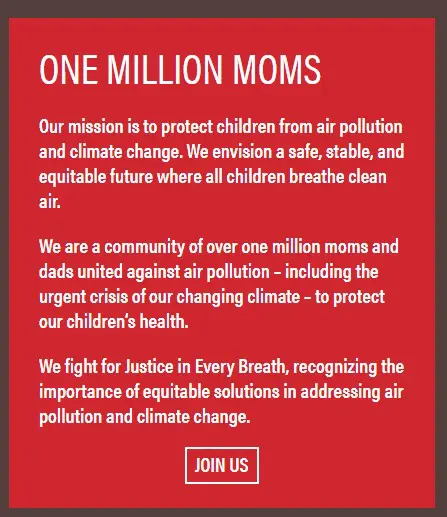
For example, Moms Clean Air Force highlights the fact that they’re “one million moms” strong in this call to join their email list and receive advocacy alerts. But you don’t need to have a million people on your email list to use this tactic! If you’re a nonprofit that focuses on a small, tight-knit community, a few hundred will work, too. You can always update the numbers as you gain subscribers.
Map it out
If your organization is active around the world, country, state or even your city, a map can help show off all of the people and places involved in a visual way for supporters.
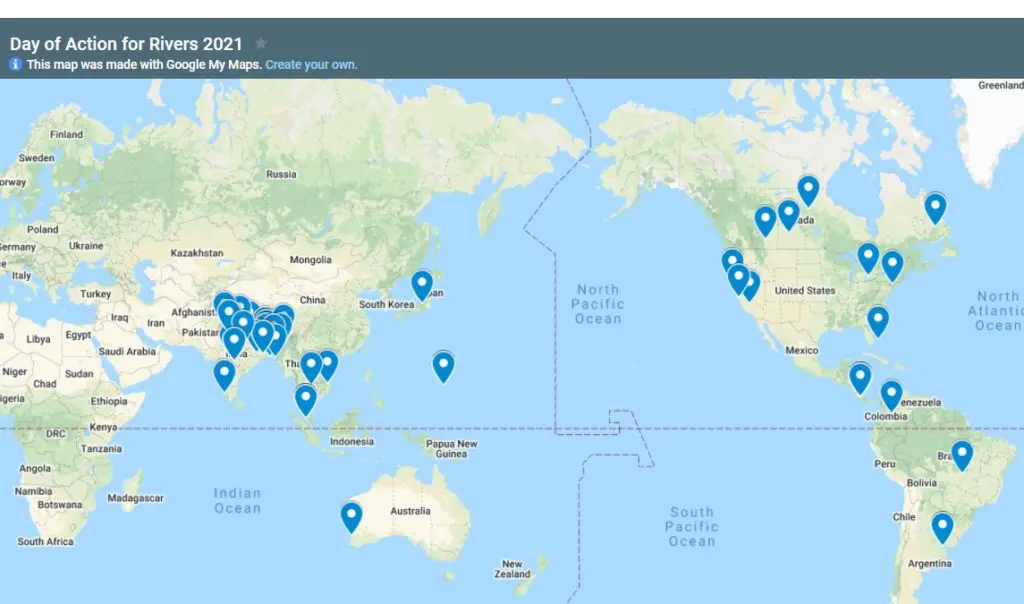
This simple Google Map on the International Rivers website shows off all of the supporter-run events occurring for their International Day of Action for Rivers and encourages others to get involved by hosting an event in their community for the advocacy day.
Community testimonials
If you collect testimonials from volunteers, donors, event attendees or other community members, you can use them to back up that same action. Hearing from someone who has taken the action and seeing the impact it’s had on their life can be contagious.
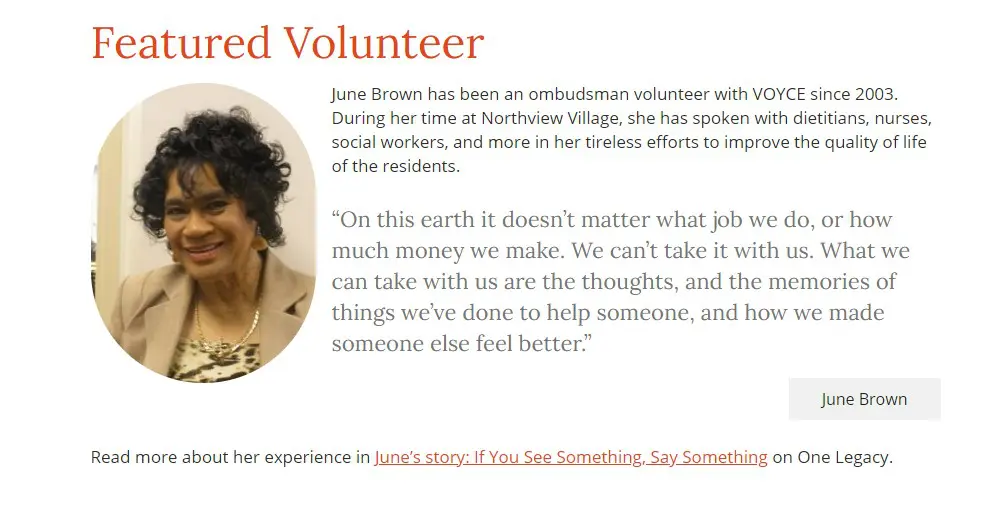
VOYCE does an awesome job highlighting current volunteers on their Volunteer page, including a powerful video testimonial and a “Featured Volunteer” with a quote and link to a corresponding blog post on the volunteer. If you relate to their stories at all, it would be hard to avoid checking out their volunteer opportunities and taking the plunge to join.
Share impact stories
Impact stories highlight your best work for your audience. And allowing the people that your work benefits to speak for themselves will always be more effective than speaking for them. Strategically place these throughout your website, near calls to action, to drive home the point that you’re making a difference.
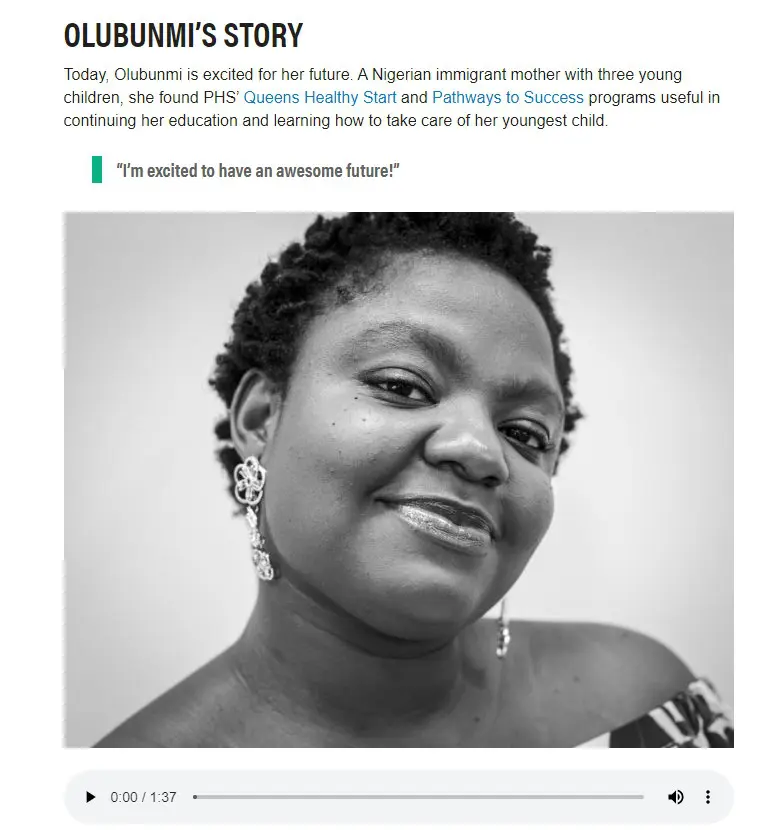
Public Health Solutions put the faces and voices of those they help front and center in their “We Are Public Health” campaign to encourage more people that need it to seek help and show off the impact that you can have by supporting their work.
User-generated content
User-created content is another awesome way to share stories directly from your audience. Featuring quality content from supporters shows off the people out there who are passionate about your work and unafraid to share that passion. If you create opportunities for supporters to contribute content and showcase it on your site or social media channels, new visitors might be more inclined to join in, submit a contribution of their own and become a regular supporter.
Learn more about the benefits of user-generated content and get inspired by a range of different nonprofit examples.
Peer-to-Peer campaigns
If you’re creating opportunities for supporters to strike out on their own and raise money for your cause, whether through Facebook Fundraising or other platforms, showcase those opportunities on your website. Promote the number of campaigns your supporters have initiated and highlight the most creative and interesting projects.
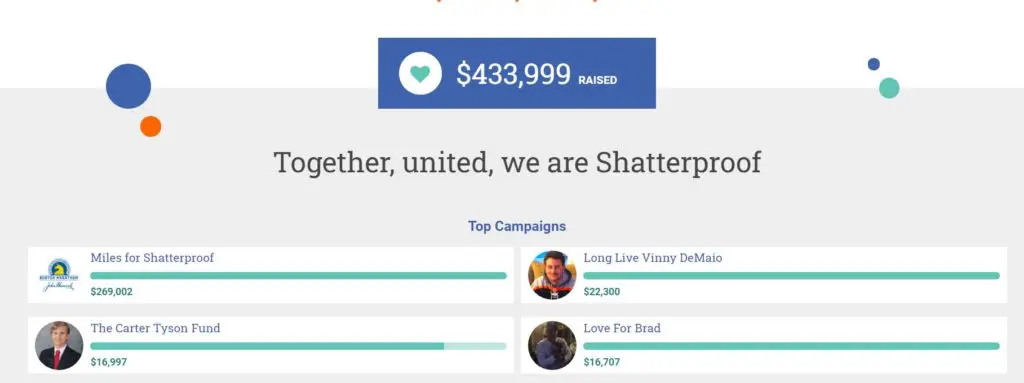
Shatterproof does a great job of both highlighting current peer-to-peer fundraisers from their supporters and encouraging new campaigns on their Create Your Own Fundraiser page. And who wouldn’t be inspired by those incredible results from super-star supporters!
Celebrity and expert endorsements
Think about your community and its key players. Are any of them supporting your cause? Capturing their support on video or in a compelling photo or quote and highlighting it through your marketing could influence the decision to engage with your nonprofit.
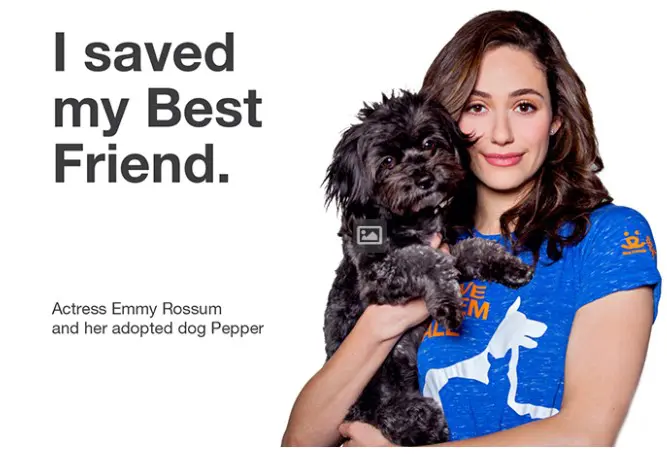
For example, Best Friends Animal Society leverages celebrity supporters, like actress Emmy Rossum, who rescue their pets through blog posts on their website and in social media campaigns. Who wouldn’t want to adopt their next family pet from the same rescue as a well-loved celebrity?
But you don’t need to have globally-known celebrity supporters to execute this tactic. Local celebrities or experts in your field of work can be even more beneficial, so long as they are people that your audience knows and trusts. Save this PDF from the Society for Nonprofits for tips on the dos and don’ts of choosing celebrity endorsements.
Integrating social proof into your website and marketing has the potential to increase your curb appeal and boost engagement. When people visit your site and see a community of supporters they’re not yet a part of, they’re more inclined to take the necessary steps to join in.
Does your nonprofit have experience using social proof? Any ideas you’d like to add to our list? We’d love to hear from you in the comments section below.

Comments